Category: Blog
-
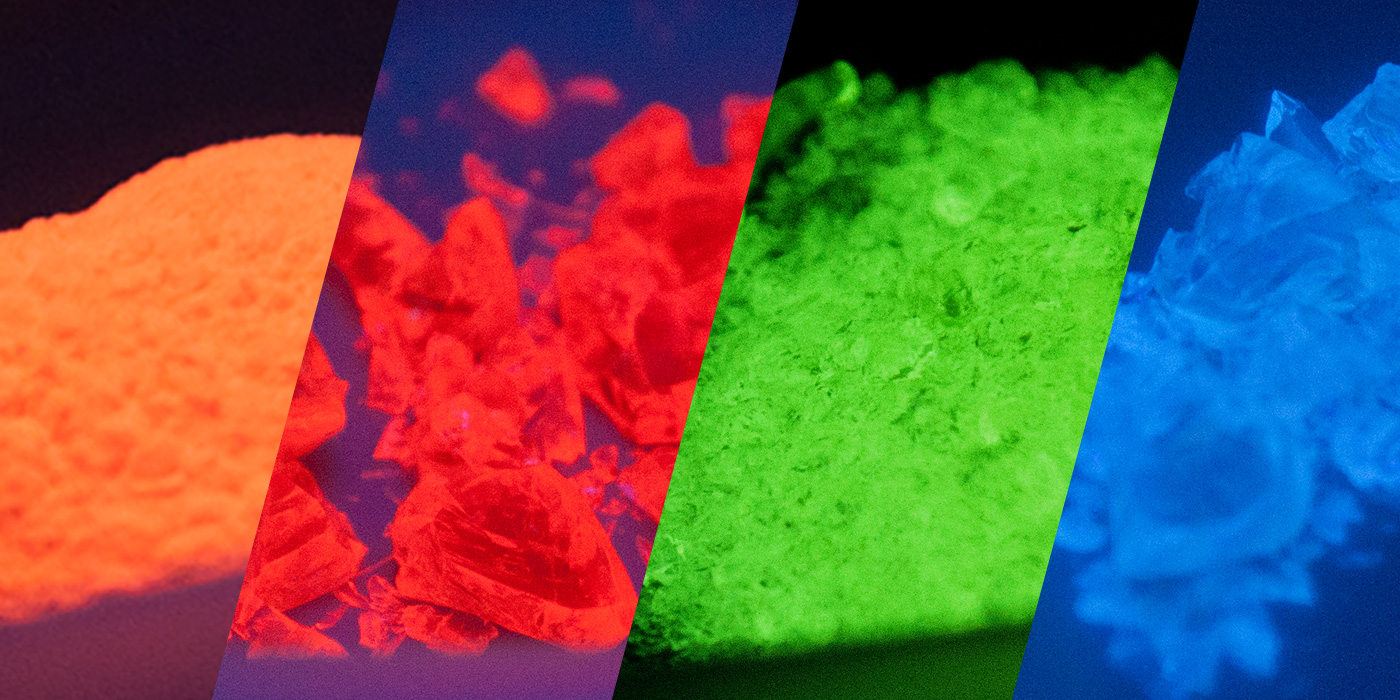
Glass 101: Making Fluorescent Glass with Rare Earth Oxides
Rare earth oxides have been studied for a long time in the field of glass production, specifically how the addition of these compounds may change the properties of the glass. One of their most common applications is to make fluorescent glass.
-

Glass 101: Glass Formers – The Backbone of Glass
The glass network former can be thought of as the backbone of a glass composition. Changing this element or compound will fundamentally change the properties of the final material.
-
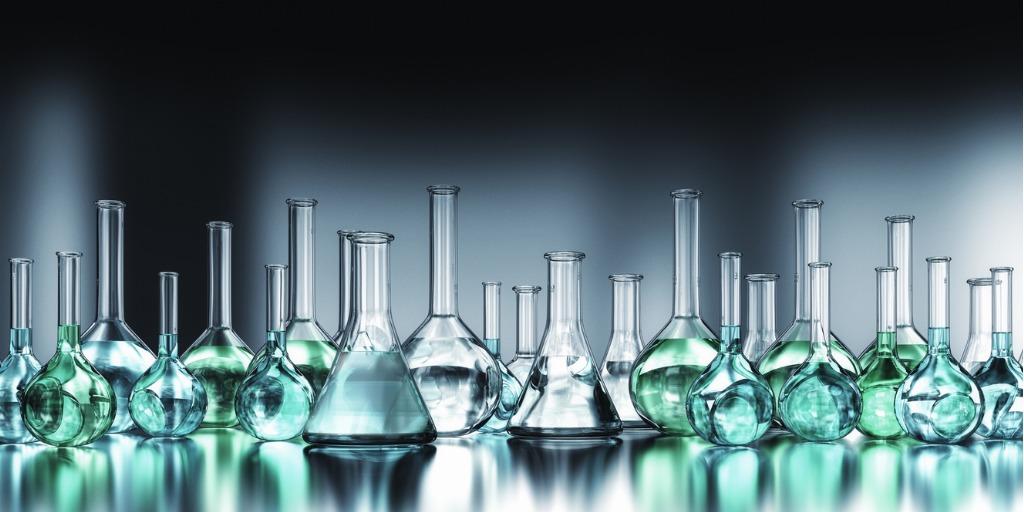
Glass 101: Using Glass Modifiers to Change Glass Characteristics
Just like other materials such as steel, the properties of glass can be precisely tuned through the careful addition of chemical modifiers to suit a huge array of demanding applications.
-
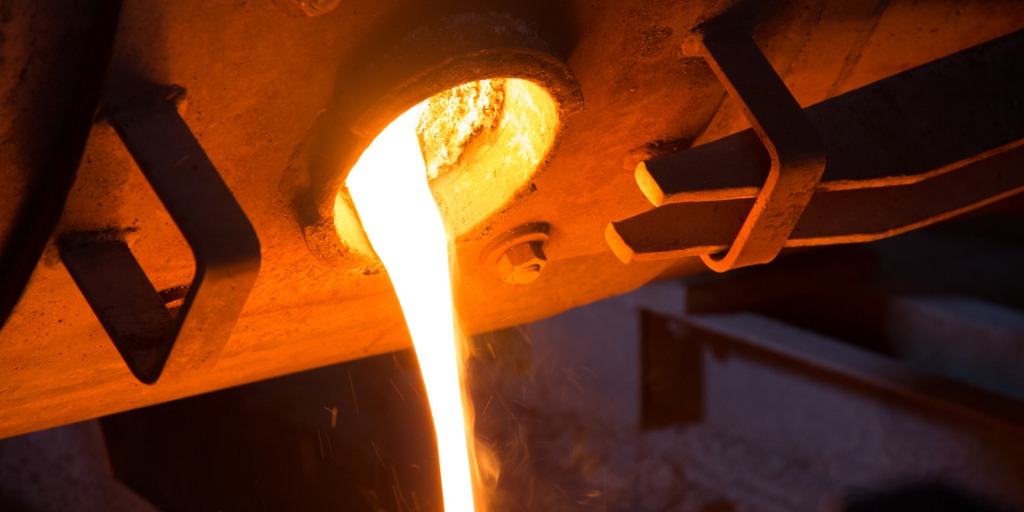
Glass 101: Glass Processing Temperatures
Glass goes through different transitions during melting. Creating stress-free glass requires careful maneuvering through the glass transition, softening point, and crystallization temperatures.
-

Glass 101: An Introduction to Glass
The versatility of glass has enabled incredible achievements, but the journey has by no means reached its end. Learn what makes glass unique and how it continues to find new cutting-edge applications in the first installment of our Glass 101 series.
-
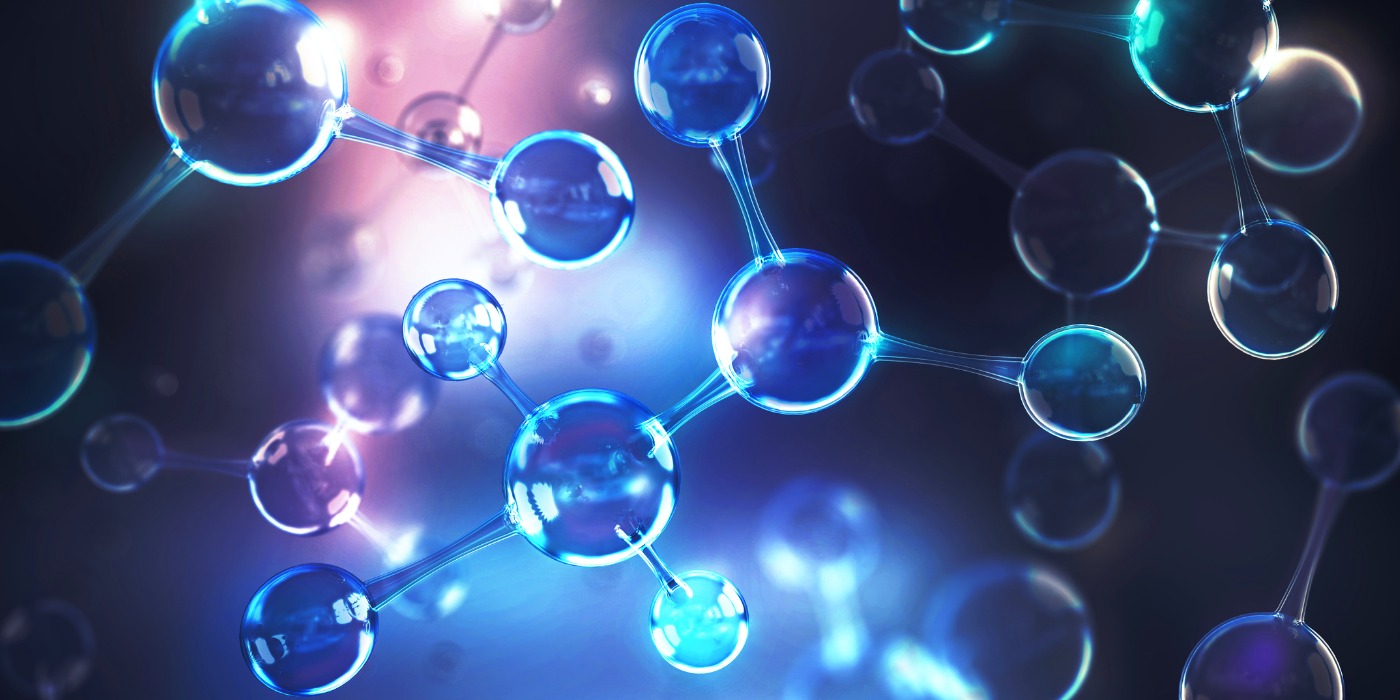
Vitrification: The Workhorse of Nuclear Waste Management
A key problem with nuclear power is what to do with the waste products generated when the fuel is completely spent. Vitrification is an established solution, but there is still much room for improvement.
-
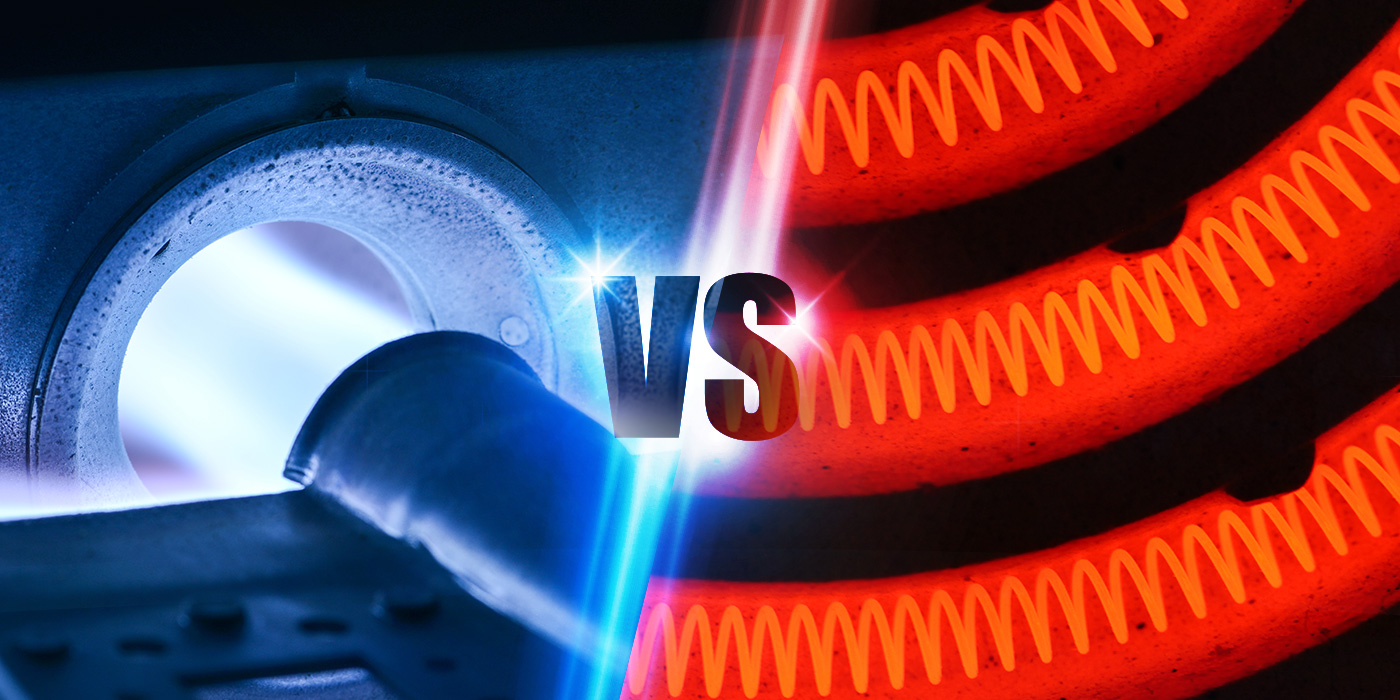
Are Electric Furnaces the Future of Glass Manufacturing?
As emissions legislation kicks in and electricity generation moves away from fossil fuels toward renewables, there may well be a swing in glass manufacture from gas to electric energy.
-
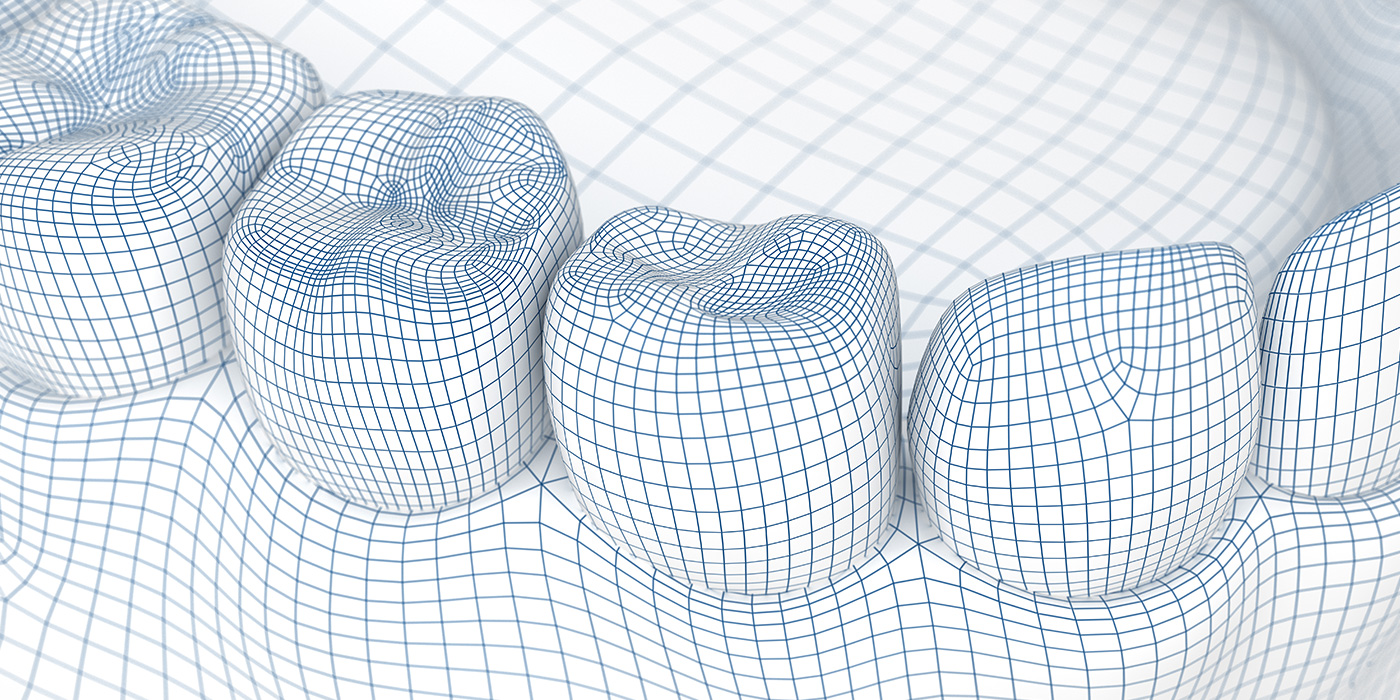
Glass Ionomers in Dental Restorations and Fillings
Advances in the formulations of composite and glass ionomer dental materials have given them the required strength and durability to make them effective products for tooth restoration. The properties of both composite and glass ionomer dental materials can be improved by the inclusion of bioactive glass.
-
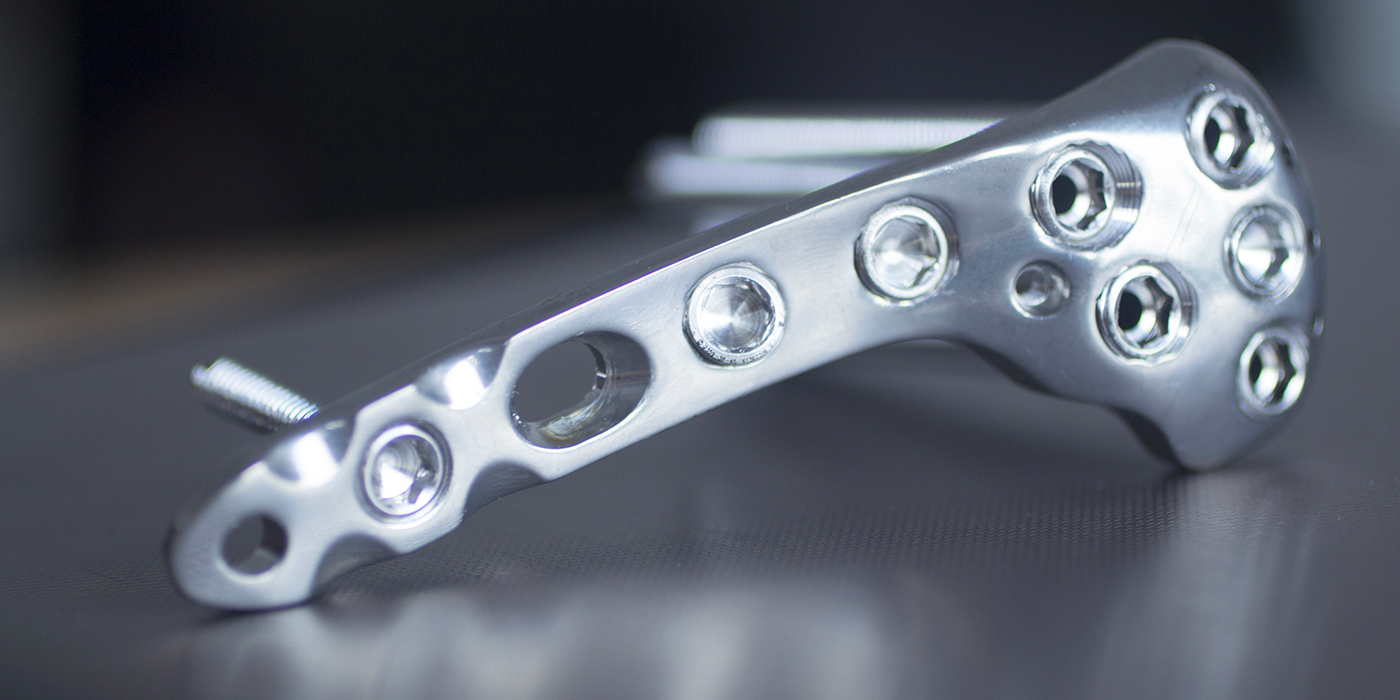
Reducing Implant-Related Infection with Bioactive Glass
An estimated 2.5% of primary hip and knee replacements and to 10% of joint revision surgeries are complicated by infection. Coating implants with bioactive glass would make their surfaces unsuitable for bacterial colonization and could dramatically lower infection rates.
-
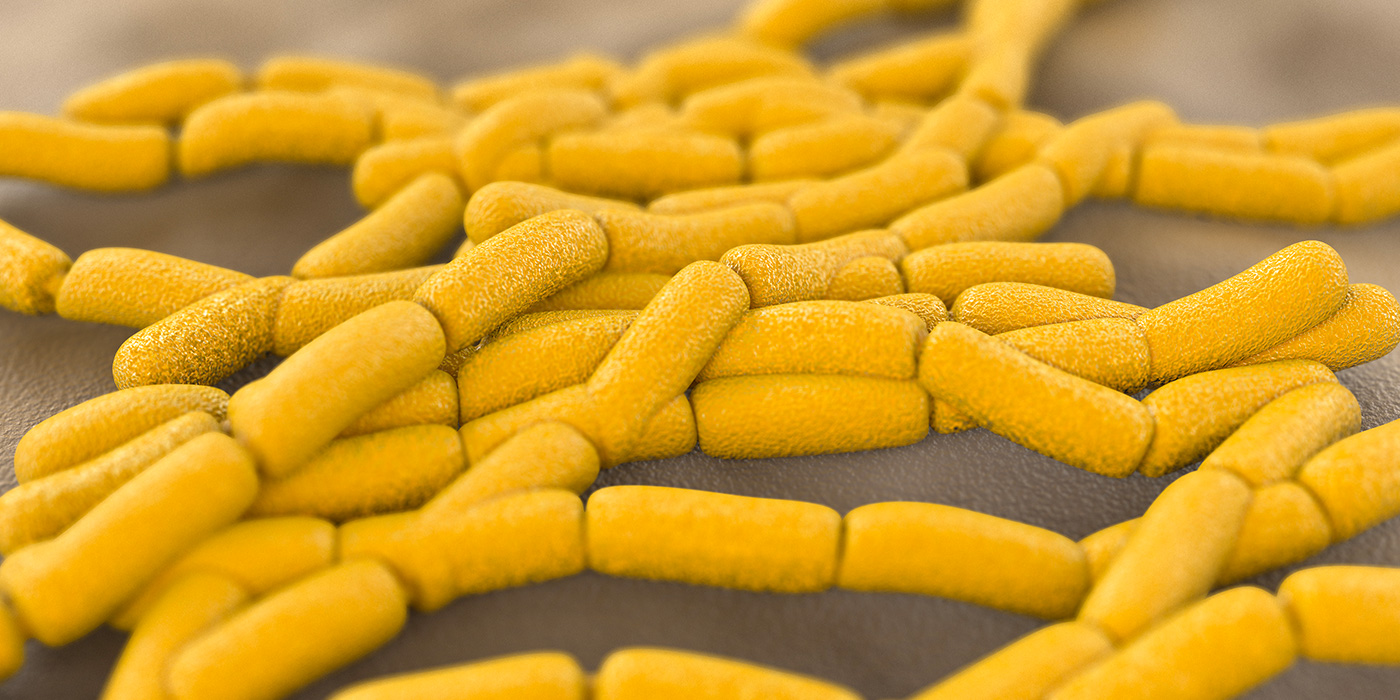
Inhibiting Bacterial Growth with Bioactive Glass
The rise of antibiotic-resistant strains of bacteria is driving research into new antimicrobial materials. Bioactive glass is showing great promise due to its ability to resist bacterial growth on its surface.
